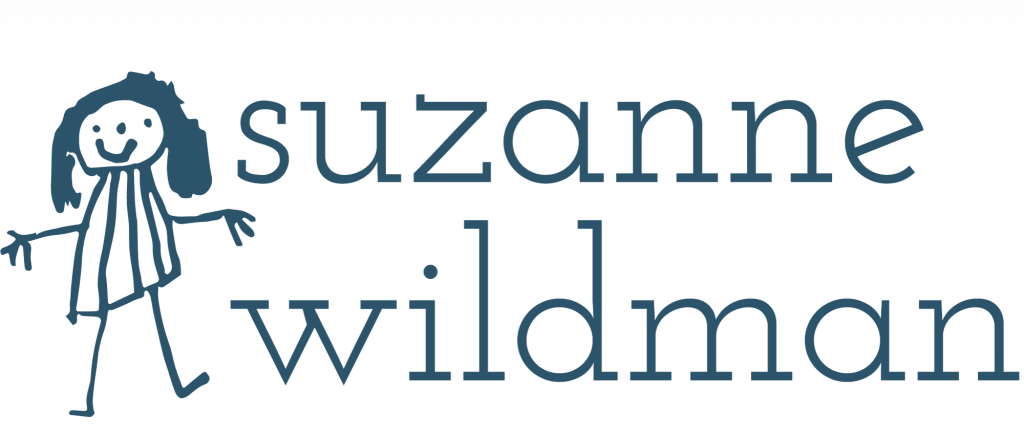 Women’s Ways of Knowing: The Development of Self, Voice, and Mind by Mary Field Belenky, Blythe McVicker Clinchy, Nancy Rule Goldberger, and Jill Mattuck Tarule. New York: Basic Books, 1986. viii + 256 pp. $16.00.
Women’s Ways of Knowing: The Development of Self, Voice, and Mind by Mary Field Belenky, Blythe McVicker Clinchy, Nancy Rule Goldberger, and Jill Mattuck Tarule. New York: Basic Books, 1986. viii + 256 pp. $16.00.
Feminism, feminists, the women’s movement. For most of us these words conjure up vivid, if varied, feelings from disgust at the extreme views of hairy, bra-burning feminists to an indifferent “so what’s the big deal?” There is enthusiasm in some quarters and curiosity in others. Ironically, these reactions are often formed in a vacuum. How many of us have taken the time to read what feminist thinkers have to say about women?
Women’s Ways of Knowing is written by a group of self-described feminists who bring expertise from both academic and clinical environments. Belenky is co-principal investigator of Listening Partners, a project promoting intellectual development in rural women, at the University of Vermont. Clinchy is a Professor of Psychology at Wellesley College. Goldberger is a faculty member at The Fielding Institute, Santa Barbara. Tarule is Professor in the clinical psychology division at Lesley College Graduate School.
The authors espouse two common conclusions of feminist arguments: that women live in a world in which men’s ways of thinking and acting are most highly prized, and that this has negative consequences for many women. Of particular importance for this book, women’s ways of thinking and acting have been neglected and often denigrated, by women as well as men. The book sets out to investigate whether we really can speak of “women’s ways of knowing.” The authors approached this challenge by intensively interviewing 135 women from very different backgrounds. Would any common threads be evident in their life journeys? Would distinctive characteristics of their ways of thinking emerge?
I found the authors’ discoveries to be convincing and moving. In fact, I think that many women would identify with the experiences of the women interviewed in the book. That is what makes the book so captivating, perhaps especially for its women readers. It is a relief to me, too, that the book has no ax to grind. There are no outrageous generalizations about women and no radical plans for an amazon society. Instead, the authors describe these women’s lives in balanced fashion, drawing attention to key events and ideas with sensitivity and insight.
The book’s conclusions flow naturally from this judicious approach. The authors inferred from their interview data that many women have intuitively cultivated and learned to value a distinctive way of being. Women see themselves as woven into a fabric of relationships. This tapestry offers fascinating resources for forming women’s ways of thinking and acting, even when they might be inclined to undervalue its potential. In a society dominated by men’s independent, achievement-oriented ways of knowing and acting, it is not easy to feel confident that a relationship-oriented way of being has its own validity. Many of the women in this study did not have this confidence; some had sacrificed themselves to the task of nurturing those around them while others had become too rebellious to allow themselves even to care for others. Yet others had found their way to a poised affirmation of their own way of being. These inspiring women, despite the obstacles they faced, had somehow managed to integrate their orientation to others with their capacity for clear-headed thought. They knew who they were and what they wanted to do regardless of the pressures to lose themselves in nurturing others or to reject their network of relationships as oppressive. In fact, these women became more engaged and more effective in their relationships even as they became more confident in themselves.
If you have ever asked what feminist thinking has to do with your life in the here-and-now, immersing yourself in this book is about the best way I can think of to answer your question. I hope you read it. It will give you new ways of looking at your own life, whether you are a man or a woman. Women may find themselves galvanized by the authors’ descriptions of the struggles and triumphs of women to take more decisive charge of their own destiny. And men will probably come away from the book with a much better understanding of the women around them and of themselves too.
